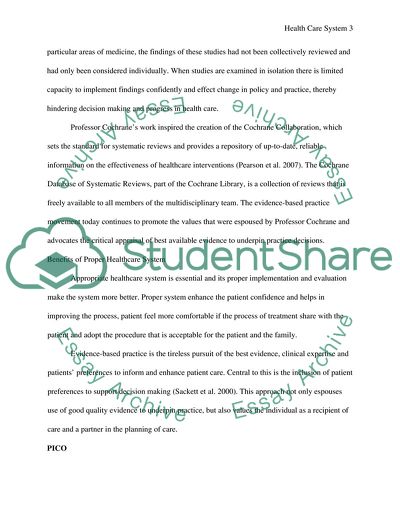Cite this document
(Health Care System, the Integration of the Best Available Evidence int Assignment, n.d.)
Health Care System, the Integration of the Best Available Evidence int Assignment. Retrieved from https://studentshare.org/health-sciences-medicine/1743998-course-project
Health Care System, the Integration of the Best Available Evidence int Assignment. Retrieved from https://studentshare.org/health-sciences-medicine/1743998-course-project
(Health Care System, the Integration of the Best Available Evidence Int Assignment)
Health Care System, the Integration of the Best Available Evidence Int Assignment. https://studentshare.org/health-sciences-medicine/1743998-course-project.
Health Care System, the Integration of the Best Available Evidence Int Assignment. https://studentshare.org/health-sciences-medicine/1743998-course-project.
“Health Care System, the Integration of the Best Available Evidence Int Assignment”, n.d. https://studentshare.org/health-sciences-medicine/1743998-course-project.


